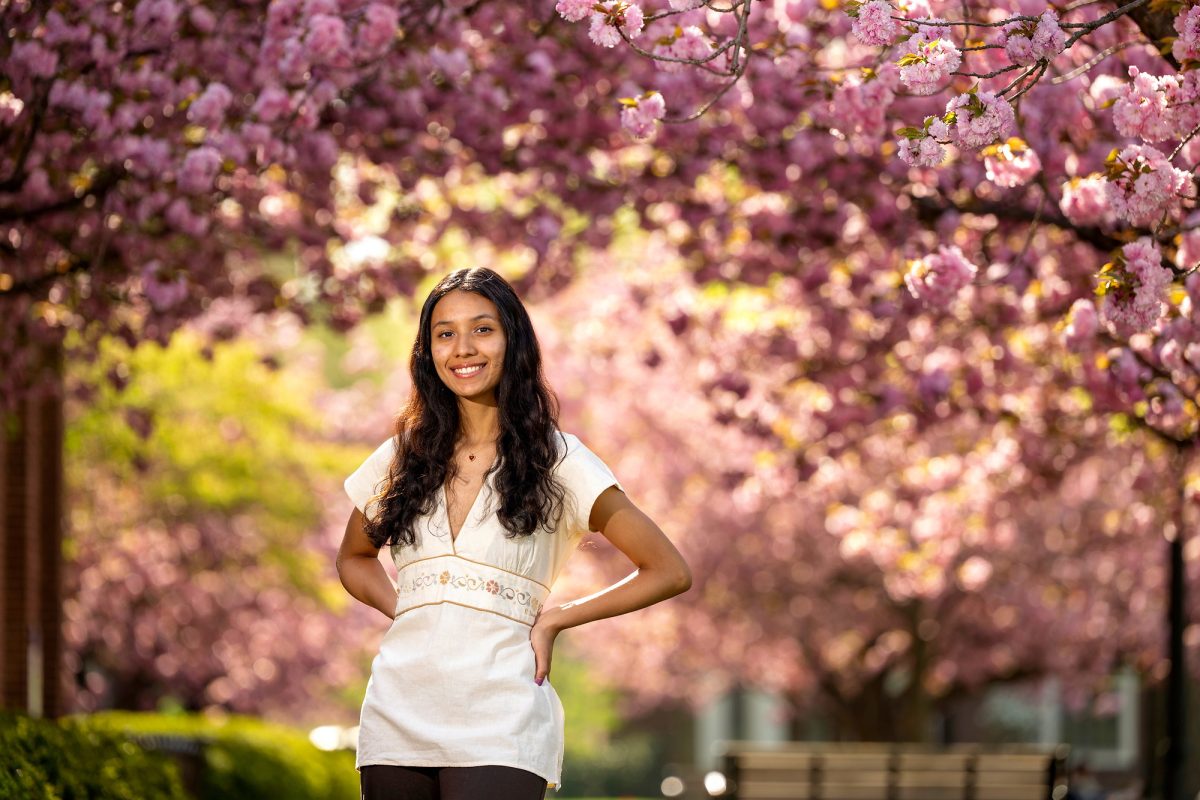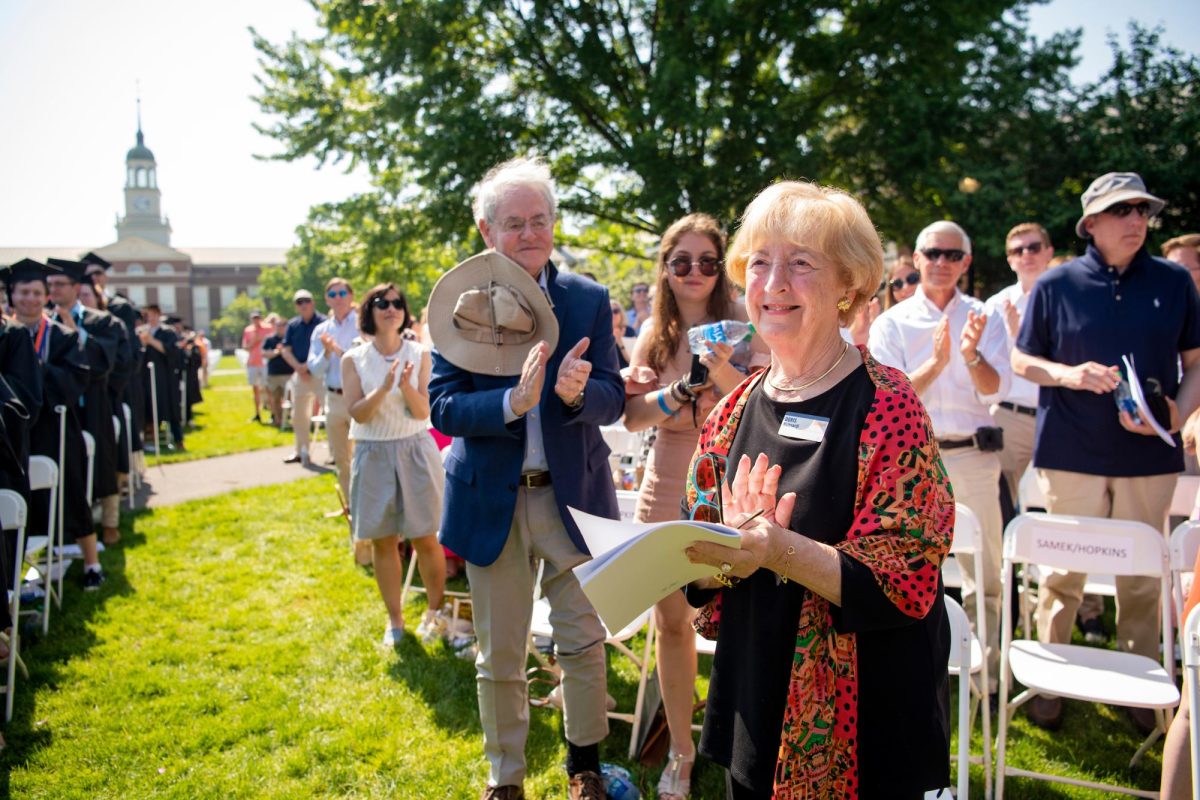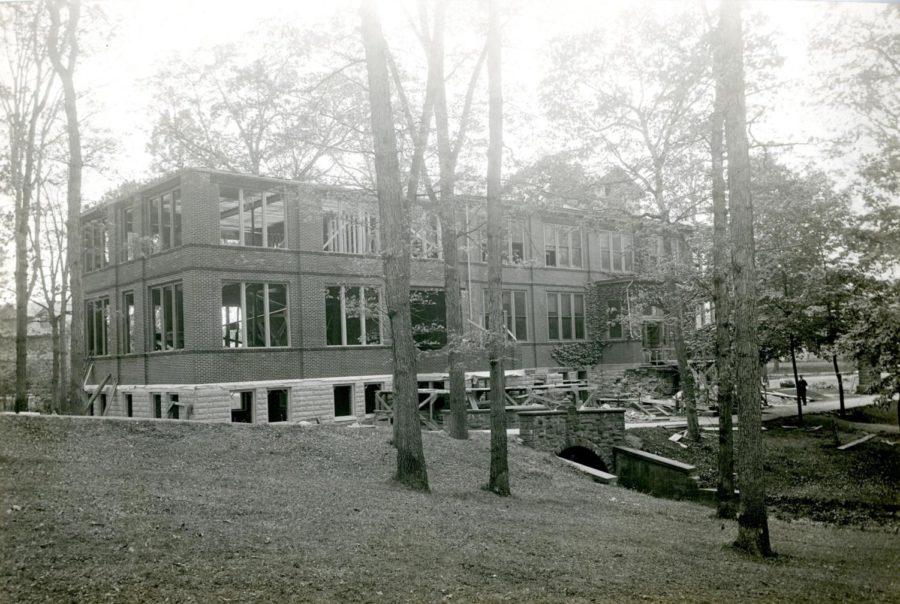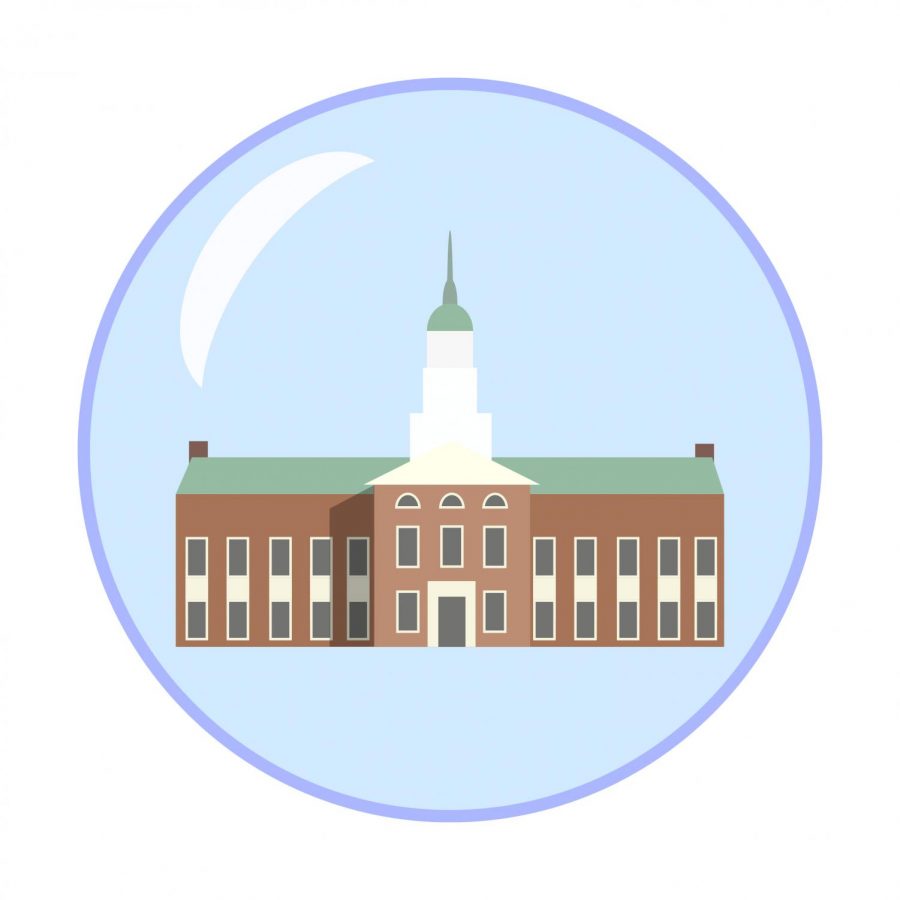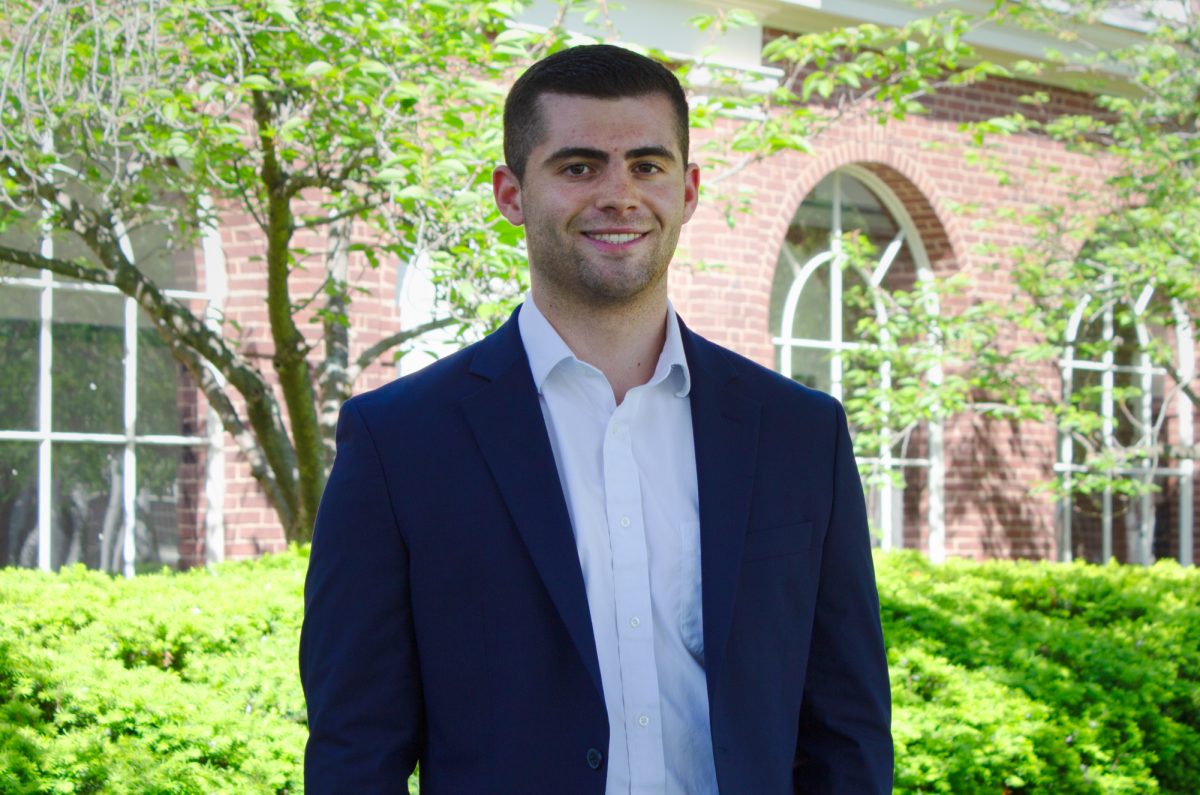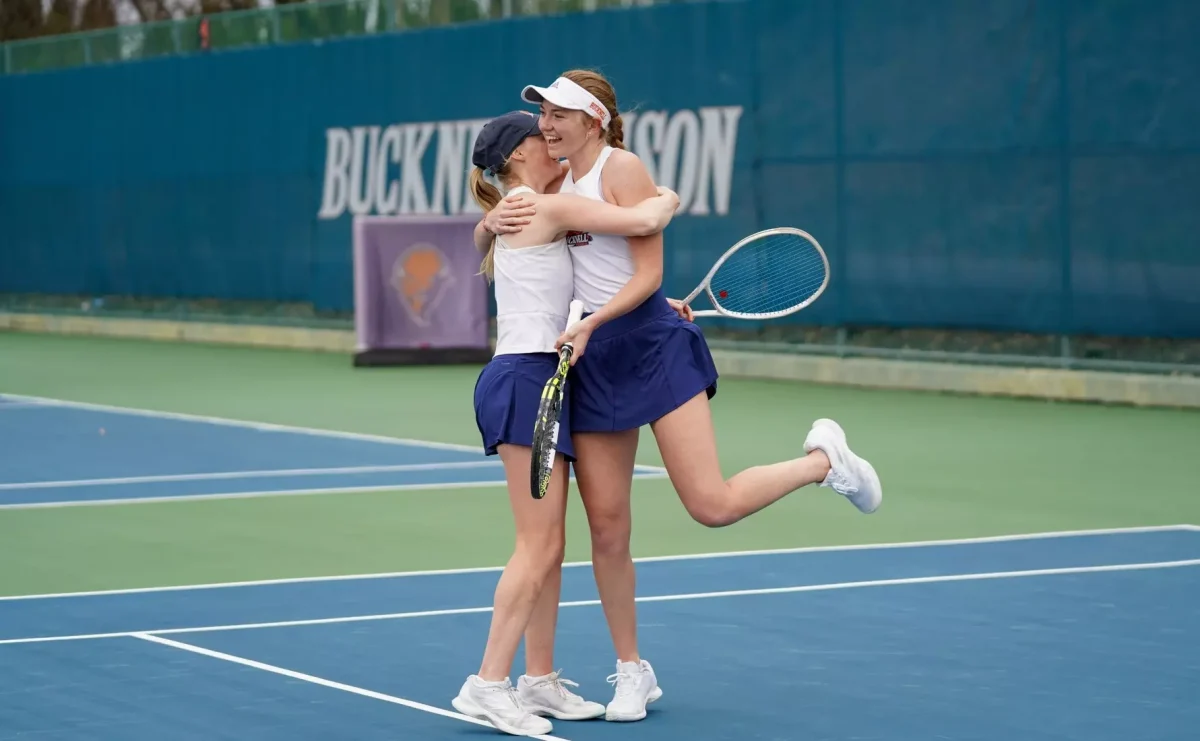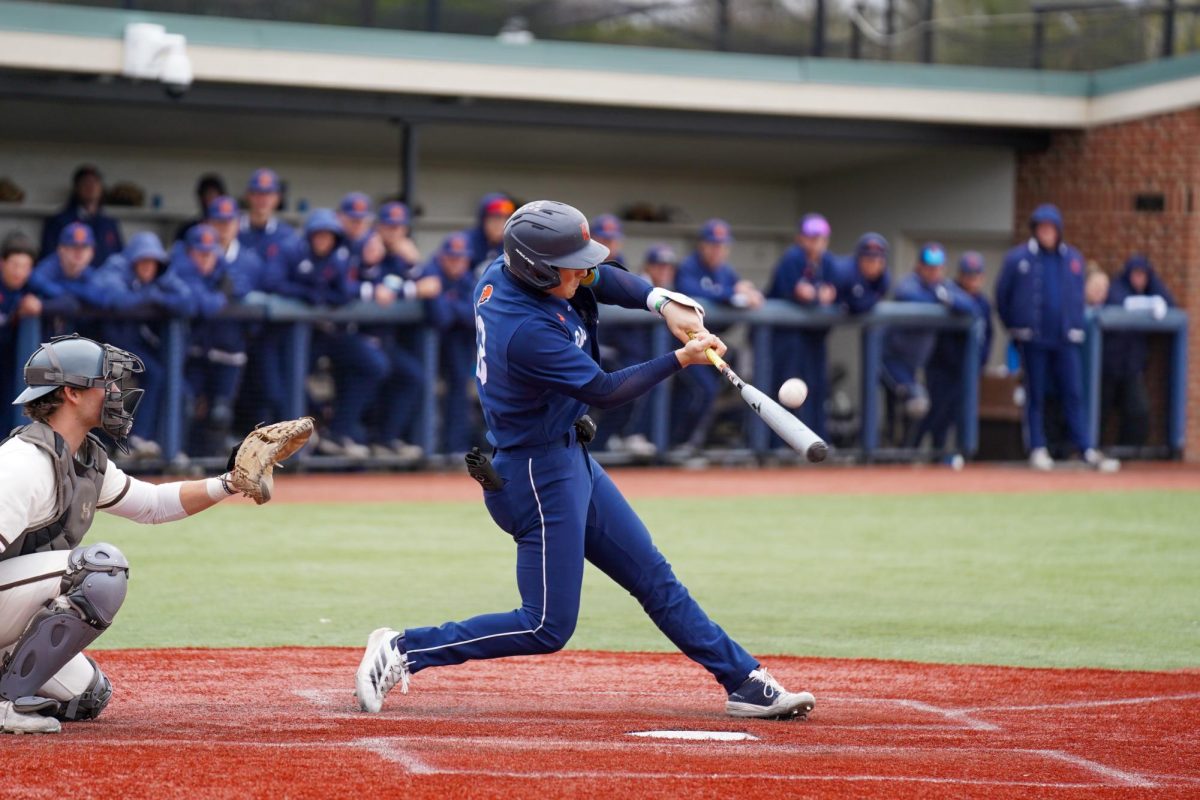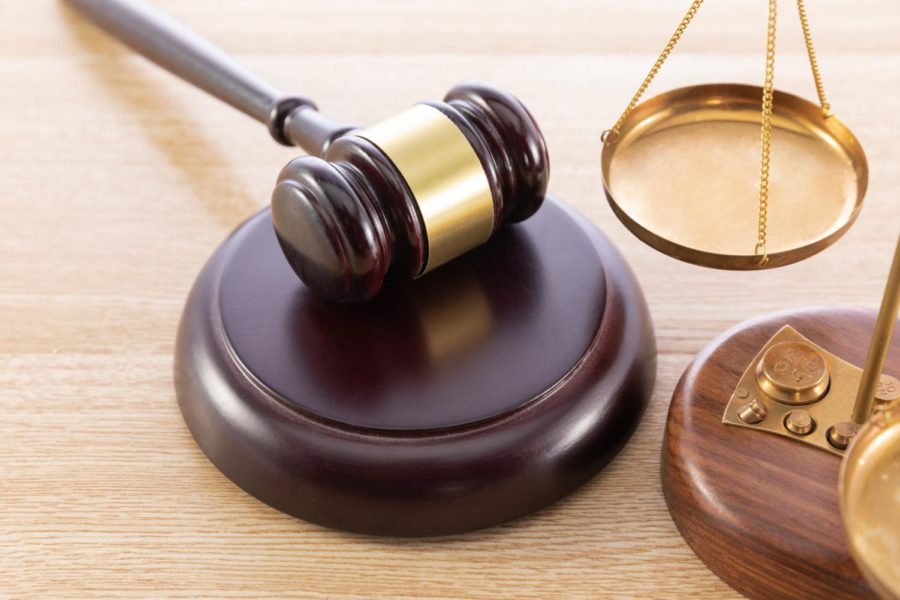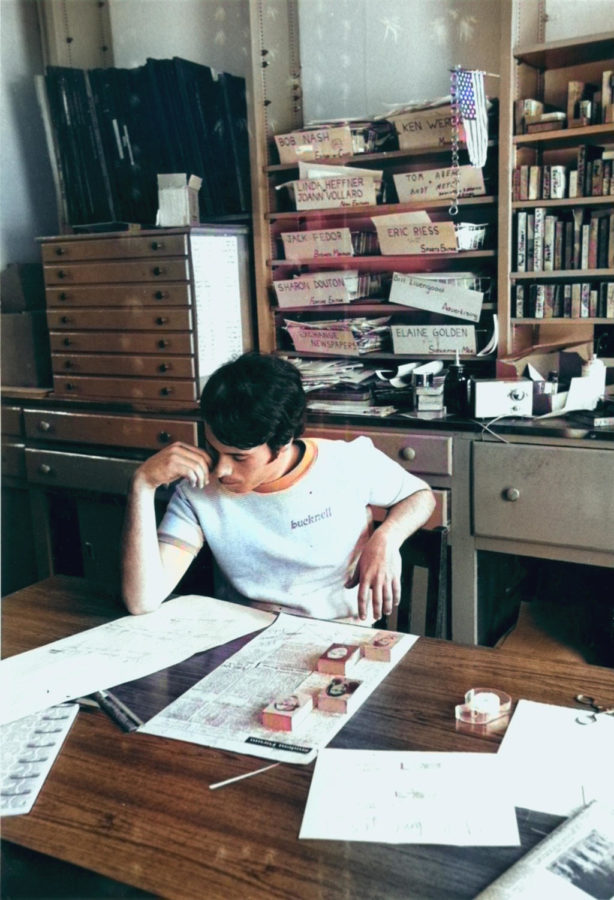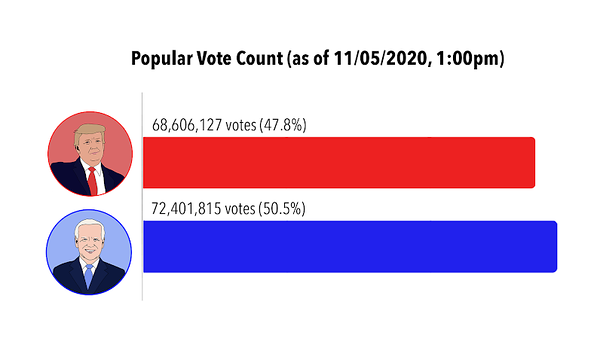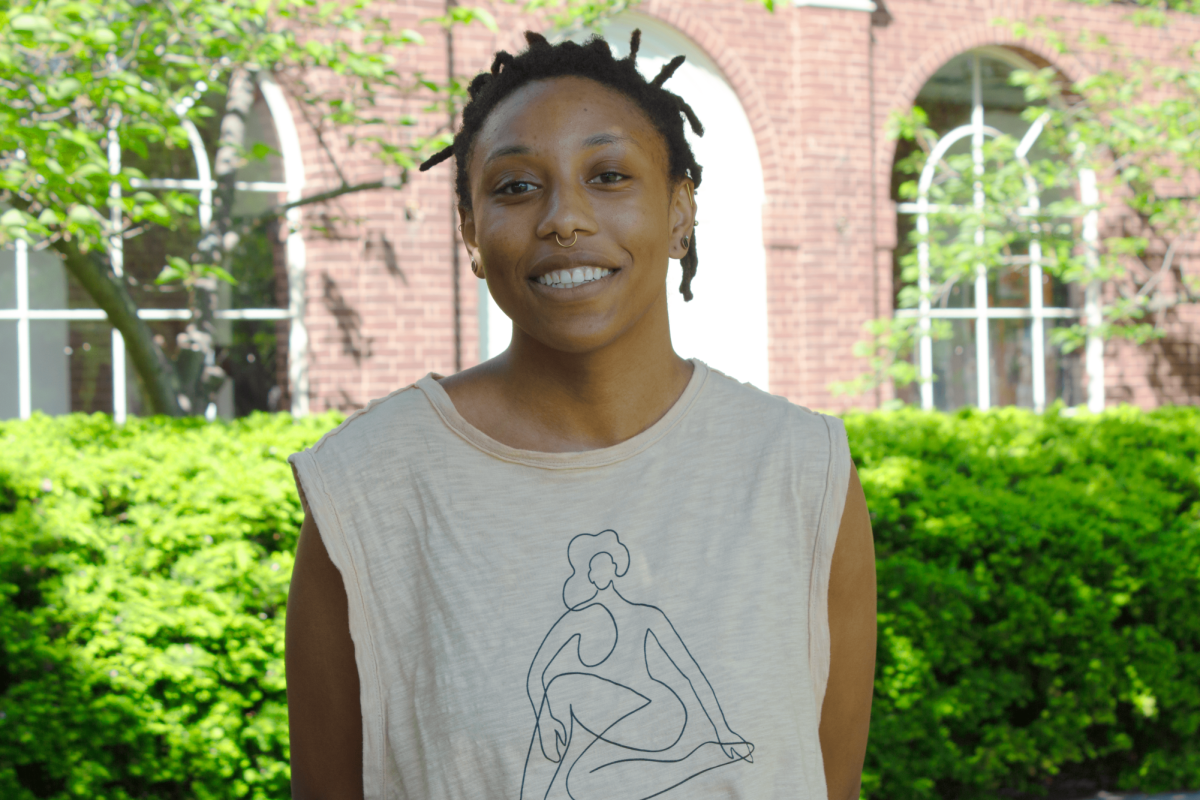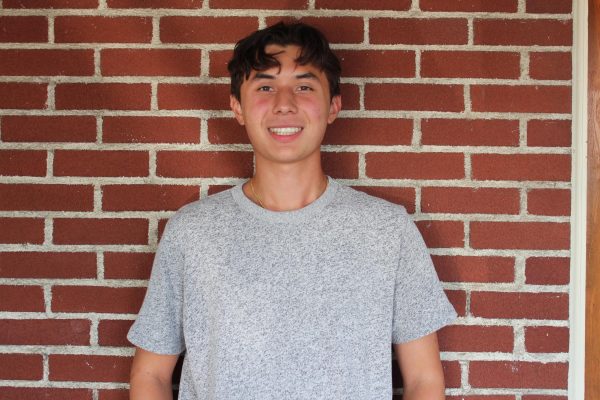As someone who is half Asian, half White (or “Wasian”), I grew up in a mish-mash of culture and it wasn’t always easy to navigate. But as this year’s Lunar New Year festivities come to a close, I want to reflect on how my views on my identity have changed as I’ve gotten older. For context, the Lunar New Year is a holiday celebrated in various Asian cultures that marks the end and beginning of a new year on the lunar calendar. It’s a time of celebration, family fun and eating lots of food. Or if you’re me, it’s a time to be on Bucknell’s campus, away from your family, reflecting on your culture by yourself. The celebration takes place over two weeks, and this year, it ended on Wednesday, Feb. 12.
One of my favorite Lunar New Year traditions is the dragon dance, a traditional Chinese performance in which a team of dancers maneuvers a large dragon puppet. The operation is truly spectacular, as the dancers often make it look like the dragon is actually coming to life. Complete with music and food, the occasion is definitely exuberant. However, my first memory of the dragon dance is small and intimate.
When I was in first grade, my mom came into class to teach us a lesson on the dragon dance. She brought in a small, paper mache dragon that I named “Drago.” She would teach us the history of the Lunar New Year and at the end of the lesson, we would all hold Drago and dance around the classroom. While it seemed insignificant then, dancing with Drago was one of my first memories in which I shared and celebrated my culture with other people. Not only that, but it would make people smile and be happy; it was a shared, communal experience that inspired joy. With an increase in Asian hate in recent years, I think it’s really important to remember these joyful instances. I was too young to realize the complex nature of my White mom teaching Asian culture to a group of largely White students, though.
As I grew older, though, I think my pride in my culture wilted subconsciously. My high school was predominantly White, I had mostly White friends and I didn’t speak Chinese or know a lot about Chinese history. The only Chinese history I knew came from my grandfather when he told us stories about his childhood growing up there. Of course, my teenage brain with the attention span of a fly failed to properly catalog those stories in my head and a good many of them were forgotten. And so, as the years went on, I took less and less pride in being Chinese.
I don’t know if my pride increased or decreased with a certain president’s remarks on Asian people during the COVID-19 pandemic. I just know that period of time was the first case in which I felt targeted because of my heritage. Before then, I felt like I could blend in with my White peers; I looked like them, I spoke like them and so I could (and still can) largely pass as White. But post-2020, I’ve felt this urge to reconnect with my culture as much as I can and in my own ways.
First, I’ve learned to not take the time with my grandfather for granted anymore and to remember my grandmother. On Christmas of 2022, my father gifted me and my brother jade pendants to wear around our necks. In Chinese culture, jade signifies good luck and protection. To this day, I still wear my pendant around my neck and I like to think that I carry my grandmother with me everywhere when I wear it. My grandmother passed away in 2020 and every day I wish that I could have spent more time with her. And so, I like to think that spending time with my grandfather and remembering my grandmother are ways to honor my upbringing and identity.
Second, I realized that the media I consume is totally whitewashed. I’ve always loved reading, writing and consuming stories and for many years I was guilty of only consuming stories by White people. Now, I know that reading Asian stories written by Asian authors is a way for me to learn where my people have come from and to unlearn the Whiteness ingrained in me.
This process is ongoing. I used to think about my biracial identity as something akin to “Dr. Jekyll and Mr. Hyde”; two bodies competing with each other. Now I know that it doesn’t have to be that way. Rather than have two cultures competing for control, I’m at peace knowing that they can both coexist peacefully.
